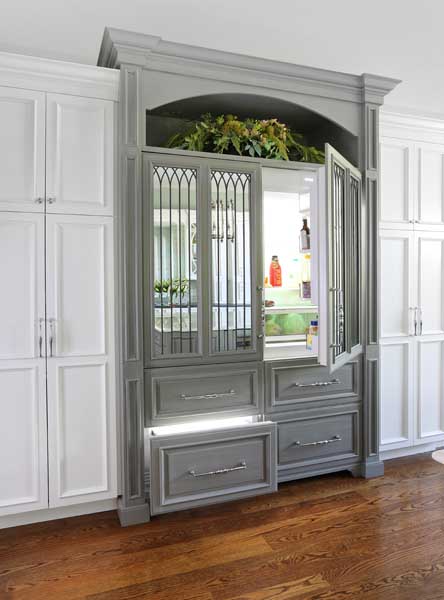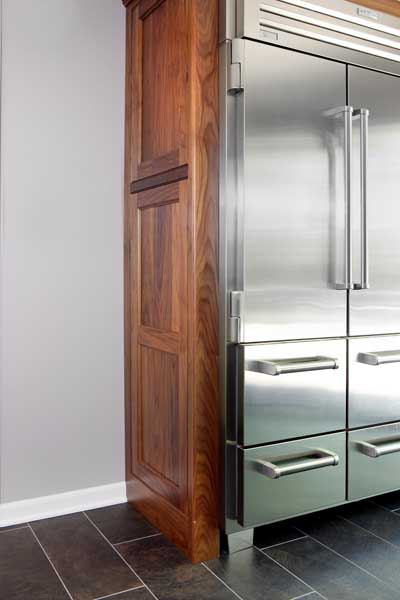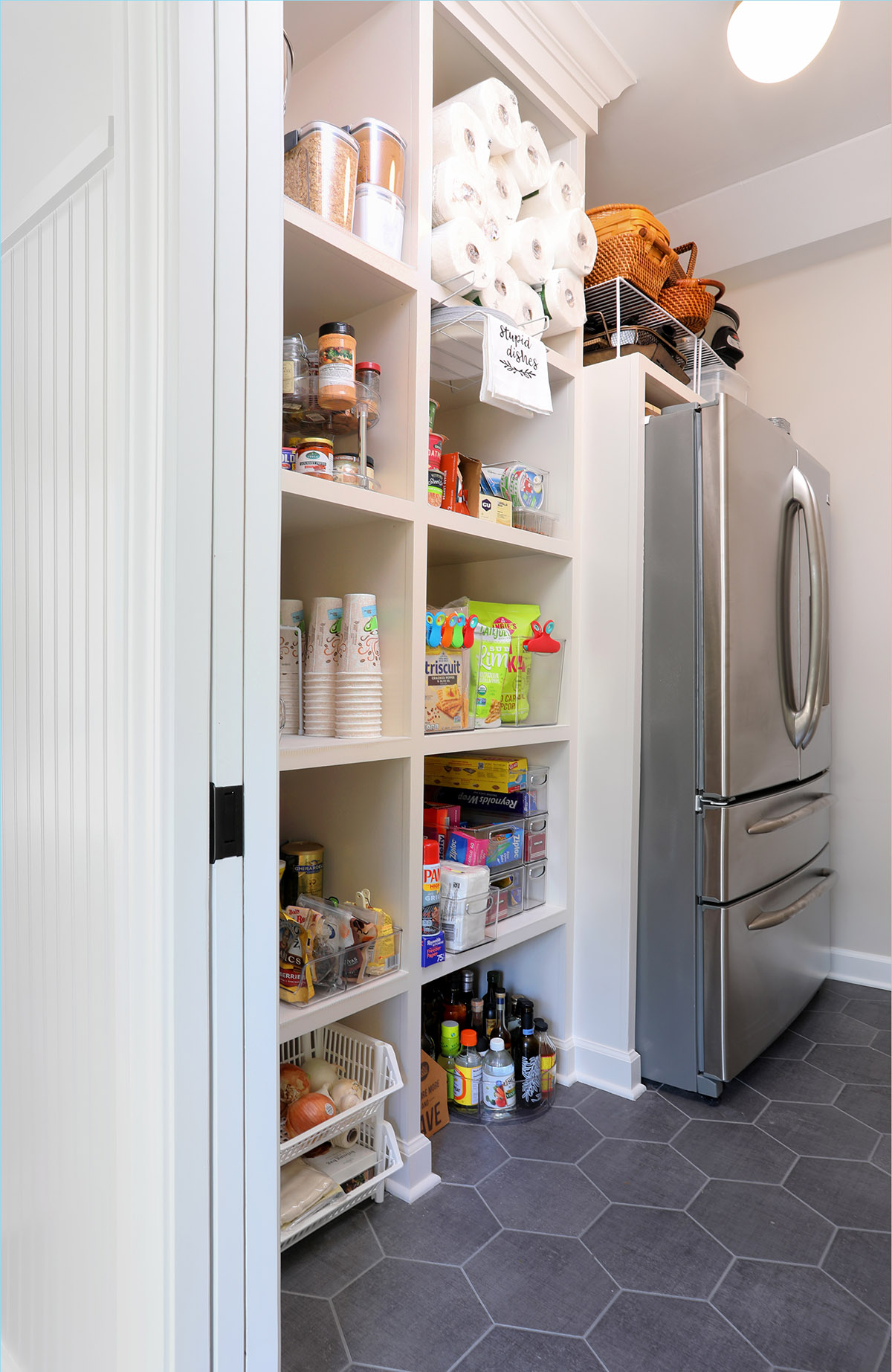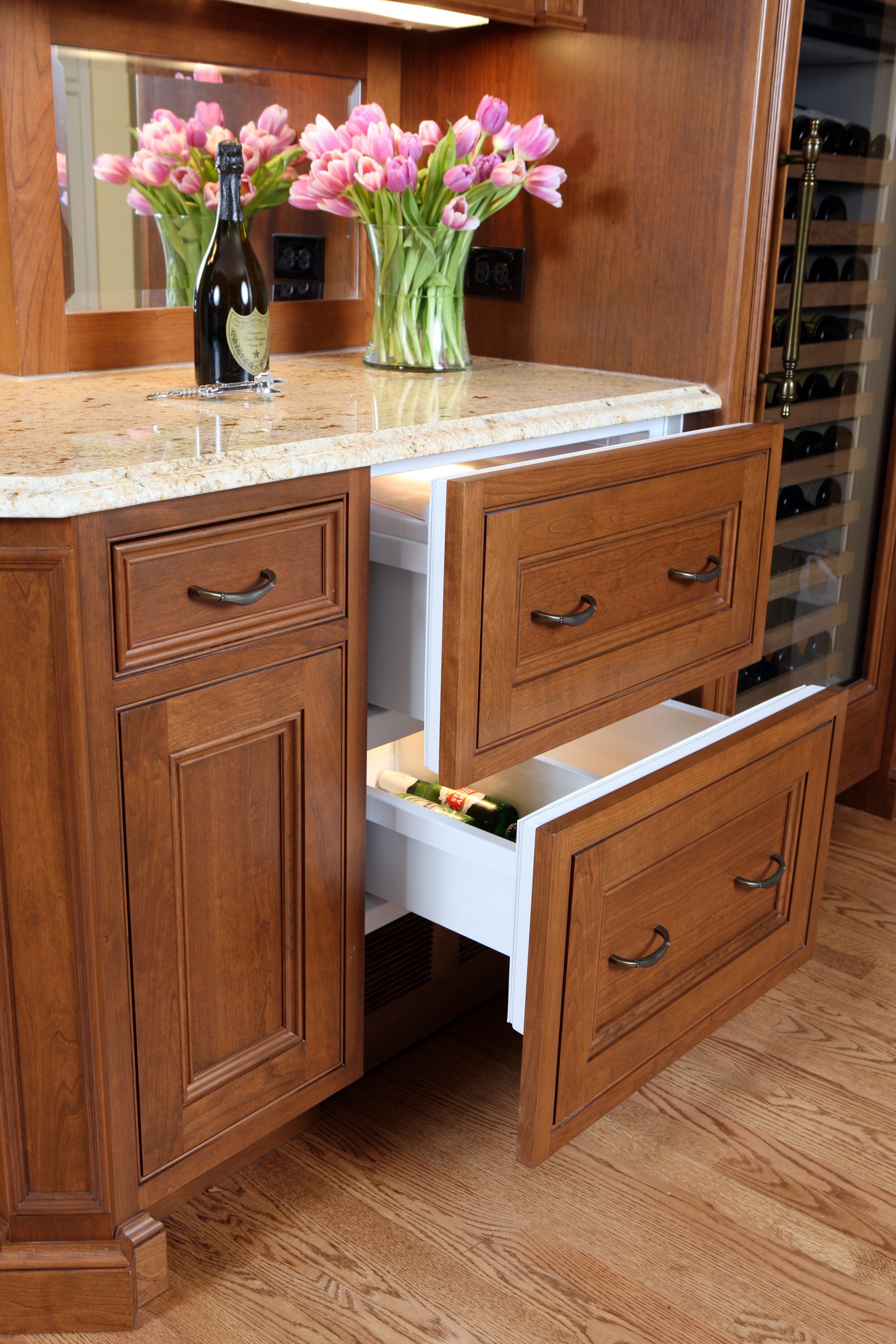 Every year around the holidays, the longing for two full-size refrigerators makes its way into almost every household. Whether it’s to store groceries to make everyone’s favorite dishes, keep appetizers cold when hosting, or simply a place to stash the delicious leftovers, the holiday season brings out fridge envy in all of us. But if you have the space in or near your kitchen, you’ll find that you can enjoy the convenience of an extra refrigerator all year long.
Every year around the holidays, the longing for two full-size refrigerators makes its way into almost every household. Whether it’s to store groceries to make everyone’s favorite dishes, keep appetizers cold when hosting, or simply a place to stash the delicious leftovers, the holiday season brings out fridge envy in all of us. But if you have the space in or near your kitchen, you’ll find that you can enjoy the convenience of an extra refrigerator all year long.
While the holidays may spotlight the benefits of added storage, Normandy Designer Ashley Noethe points out that a second refrigerator is about much more than just seasonal entertaining. “Fridge space isn’t just a must-have around the holidays,” Ashley says. “Whether you’re meal prepping, hosting often, or managing a busy household, a second refrigerator can help manage daily chaos by offering enough space to properly organize everything from school lunches to dinners for the week.”
For some families, the second fridge is all about organization. One might hold beverages, snacks, and prepped meals, while the other is dedicated to fresh produce and meats for cooking. “If you have a large family, host regularly, or have kids and their friends in and out, it’s amazing how quickly that space fills up,” Ashley says. For others, the setup can reflect lifestyle preferences; perhaps one fridge for healthy options and another for indulgent treats.

From a design standpoint, incorporating two refrigerators in or near the kitchen has become more creative than ever, and is an alternative to the basement or garage fridge. “Some people choose to conceal one appliance in a walk-in pantry or butler’s pantry, while others integrate a second, smaller unit into their kitchen cabinetry,” Ashley says.
“You can get a full-size column refrigerator, a counter-depth model, or even a refrigerator drawer or freezer drawer,” she explains. “There are even drawer options that switch between refrigerator and freezer mode depending on what you need, which is great for hosting or storing drinks and mixers.”
Whether you’re a foodie, a frequent host, or just someone who craves a more organized kitchen, having two refrigerators offers a blend of practicality and indulgence. “It’s one of those design decisions that once you have it, you’ll wonder how you ever lived without it,” Ashley says.
If you’re looking to revamp your kitchen, set up a time to talk to Ashley about transforming your home into a place that inspires you. Looking for ideas? Click through our photo galleries. Prefer a daily dose of design? We share ideas, photos, and project details on Facebook, Instagram, and Pinterest. Follow along.











 “
“